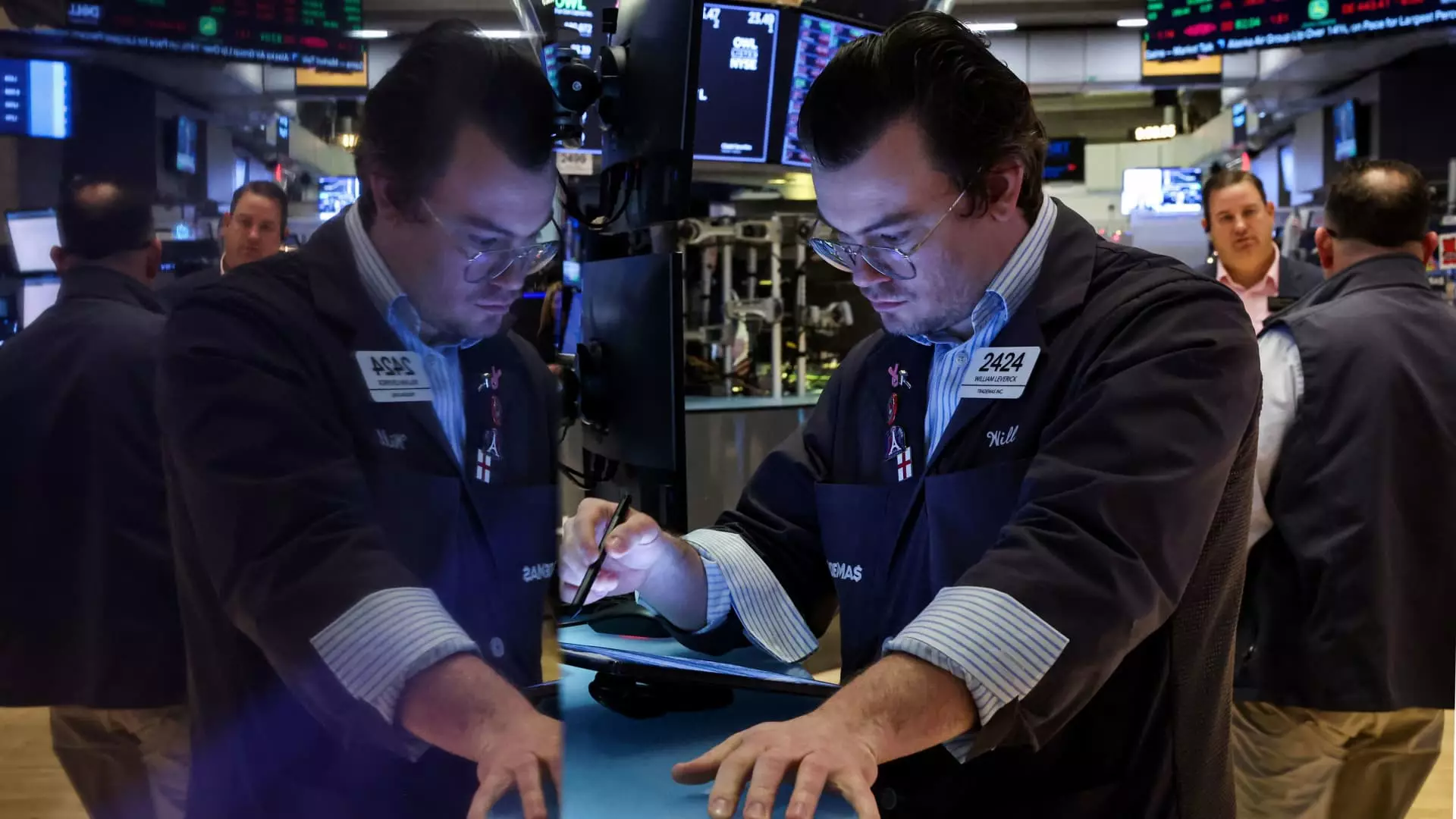The Dow Jones Industrial Average (DJIA) has faced an unsettling losing streak, marking nine consecutive days of decline—the longest since February 1978. This unprecedented downturn raises questions for investors about the causes behind it and the potential implications for broader market health. It’s essential to delve deeply into the factors triggering this downturn, the inherent characteristics of the Dow itself, and what investors might anticipate in the near future.
To comprehend the DJIA’s recent struggles, we must examine the individual stocks that have predominantly influenced this downward trend. UnitedHealth, a key component of the index, has been a significant contributor to the average’s decline, shedding 20% of its value this month. The precipitous fall is partly attributed to a widespread sell-off of pharmacy benefit managers triggered by new policy directions from President-elect Donald Trump, who aims to overhaul the pharmaceutical industry’s dynamics. This has created an atmosphere of uncertainty among investors, with a focus on rising regulatory scrutiny.
Another layer of complexity is added by the abrupt and tragic passing of Brian Thompson, UnitedHealth’s insurance unit CEO, which has exacerbated investor jitters about the company’s future direction. It highlights the critical impact of leadership on market performance—a factor often overlooked in broader analyses. Other cyclical stocks traditionally associated with economic growth, such as Sherwin-Williams, Caterpillar, and Goldman Sachs, have also displayed significant declines, reflecting a wider trend of investors recalibrating their positions in the wake of fluctuating economic conditions.
Interestingly, this dip in the Dow coinides with a broader sentiment of economic optimism for 2025. Despite jobless claims showing a slight upward tick, which sparked concerns about a decelerating economy, numerous analysts argue against the idea of impending stagnation—at least not of the stagflation variety that plagued the late 1970s. The S&P 500, for instance, reached a fresh all-time high on December 6, indicating robust broader market health that contrasts starkly with the Dow’s troubles.
To assess whether the DJIA’s losing streak should be a cause for alarm, it’s critical to contextualize its magnitude. As of Tuesday’s midday session, the DJIA was down approximately 1,582 points, equating to 3.5% from its recent peak—far removed from a correction threshold of 10%. Many market participants suggest that this sharp decline may actually represent a brief, albeit notable, phase rather than a trend poised to impact longer-term economic conditions.
The ongoing struggles of the DJIA also raise fundamental questions regarding its methodology. Originally developed in the late 19th century as a simple price-weighted average, it no longer accurately represents the complex dynamics of today’s diversified economy. Critics like Mitchell Goldberg of ClientFirst Strategies assert that the DJIA fails to reflect the economic reality, especially when weighed against the modern-day prominence of technology stocks. While the index includes tech giants such as Amazon, Microsoft, and Apple—which have all appreciated in value this month—the index format unduly limits its capacity to showcase these gains.
Investors are beginning to recognize this discrepancy, as the DJIA’s current setup appears less symptomatic of industrial performance and more a reflection of biases within market behavior. The concentration within a narrow band of stocks can skew perceptions of the overall health of the market, particularly when those companies experience volatility.
Looking ahead, many analysts believe there is potential for a rebound, especially as the market adjusts to current oversold conditions. Anticipation of the Federal Reserve’s policy decisions could serve as a catalyst for amelioration. If the Fed signals conducive economic strategies, it could reignite investor confidence across the board.
Ultimately, while the DJIA’s current performance may seem concerning, it is essential for investors to maintain perspective. Understanding the functional limitations of the index and the broader economic landscape can provide valuable insights, allowing for more informed investing decisions amidst turbulence. The situation demands a blended approach—acknowledging short-term fluctuations while staying attuned to long-term economic signals and trends.

